I wanted to see how things of different sizes and weights would hit the water and react. I used a fast shutter speed just like before with the photos of my Mum and myself doing movements and capturing them whilst they happen. I did this so that I could test if I could capture fast moving objects such as these logs, so once I’d found the perfect method I wanted to test if it would be fast enough to capture movement of water. So this is why I did these test shots. I went down to a ford which is in my village and threw in things like sticks, logs and stones. It was difficult to focus the camera on the water though but not on the reflections so I found a way to be able to do this. I threw leaves into the water and once they got to the centre of the shot I focused the camera on them. This meant that I got a perfect focus just above the water. Here are the pictures that I captured:
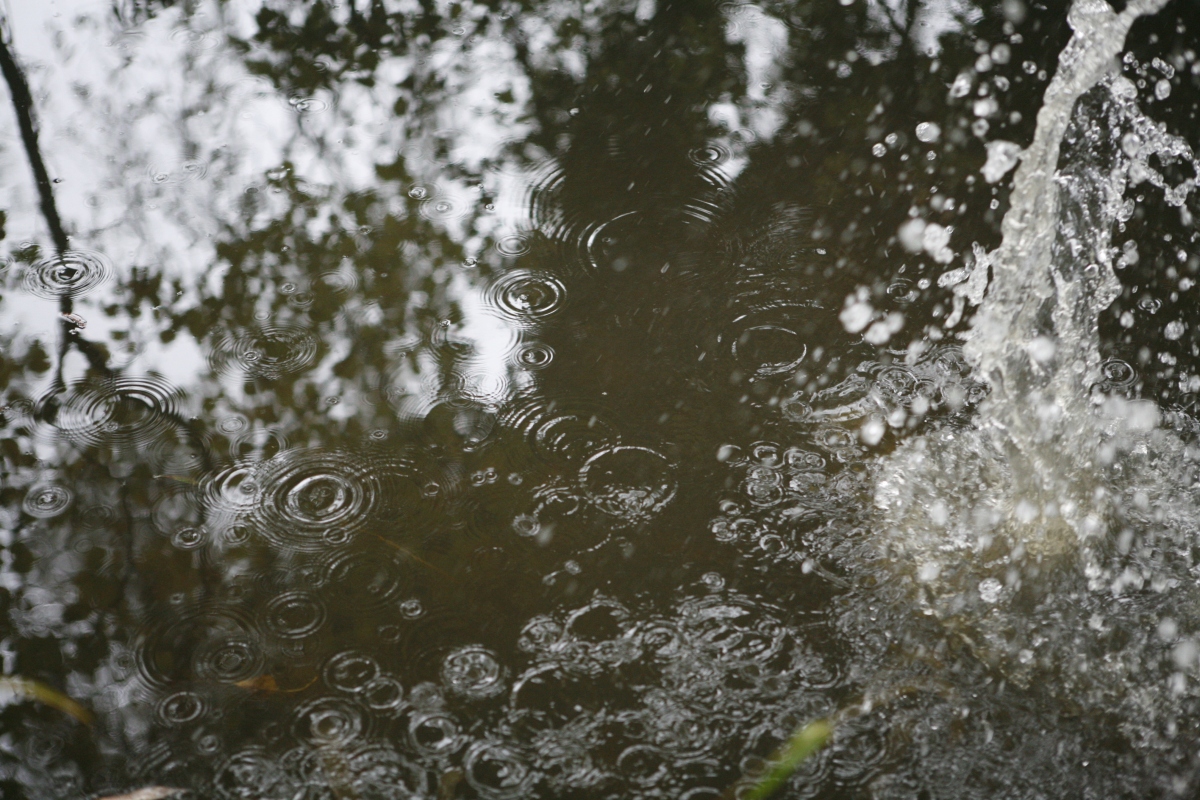

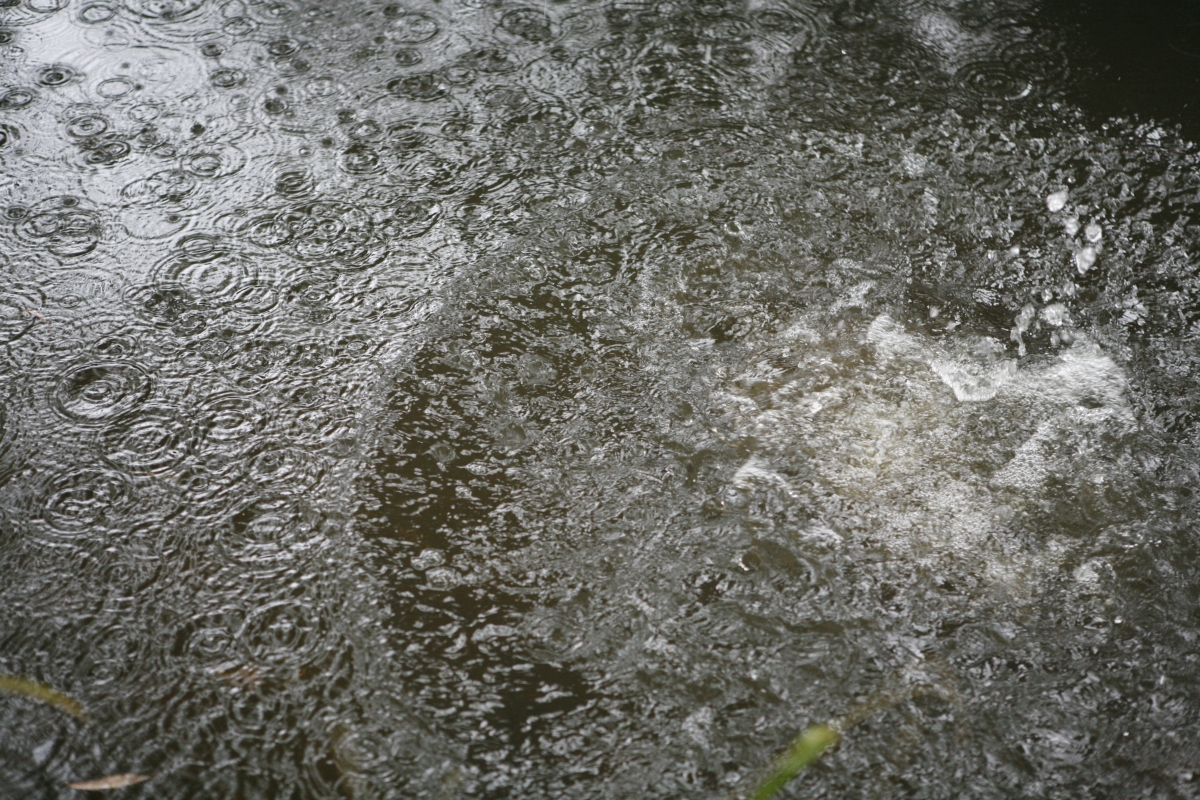
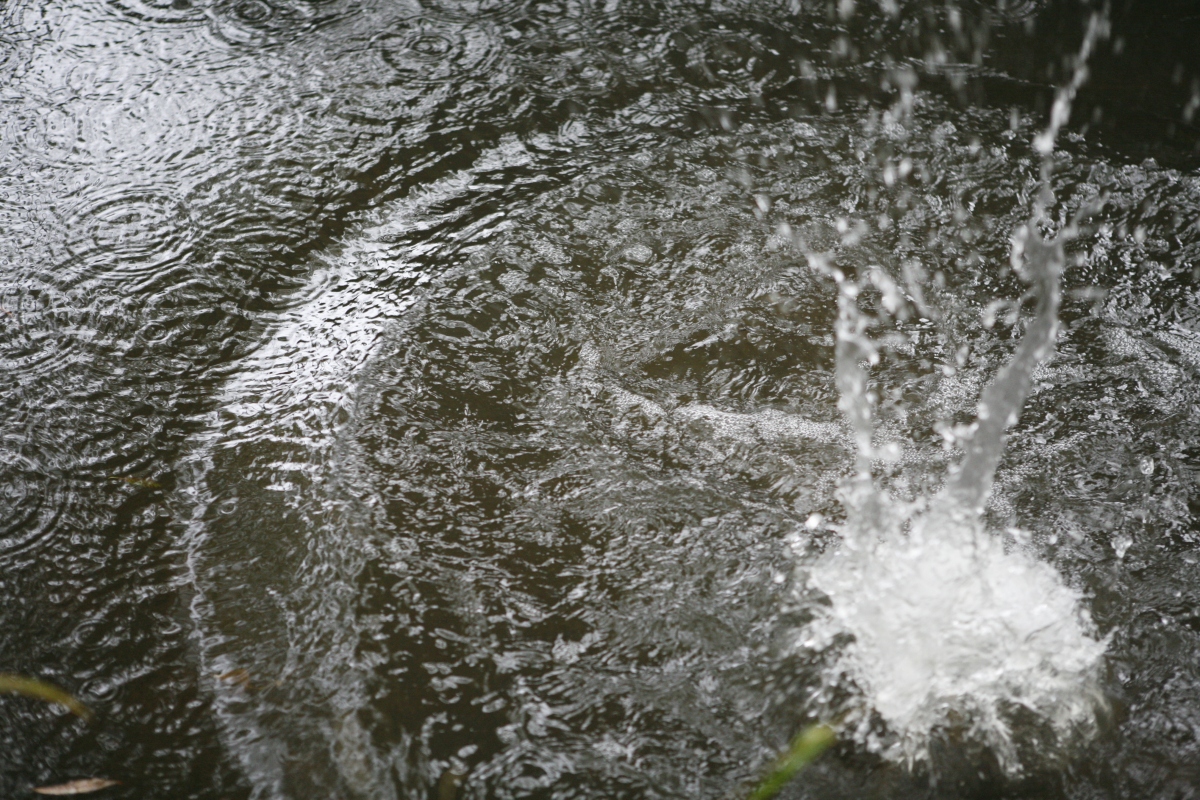

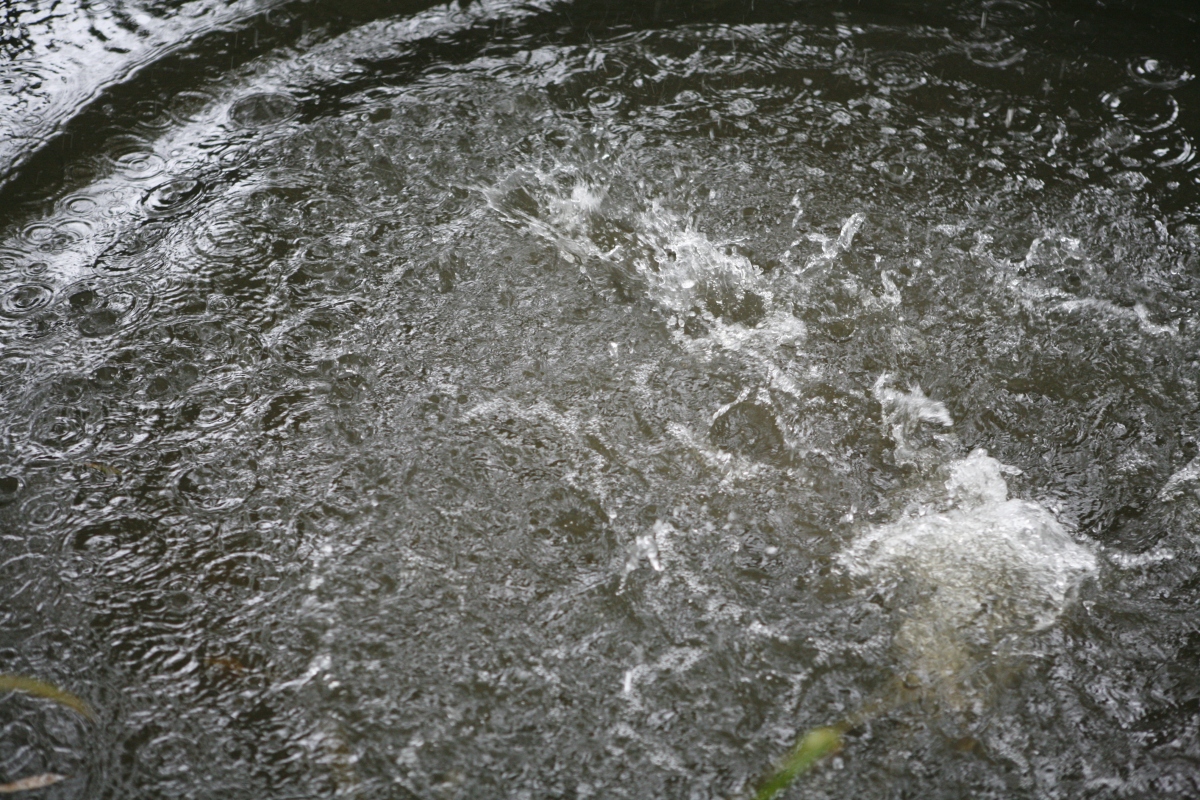
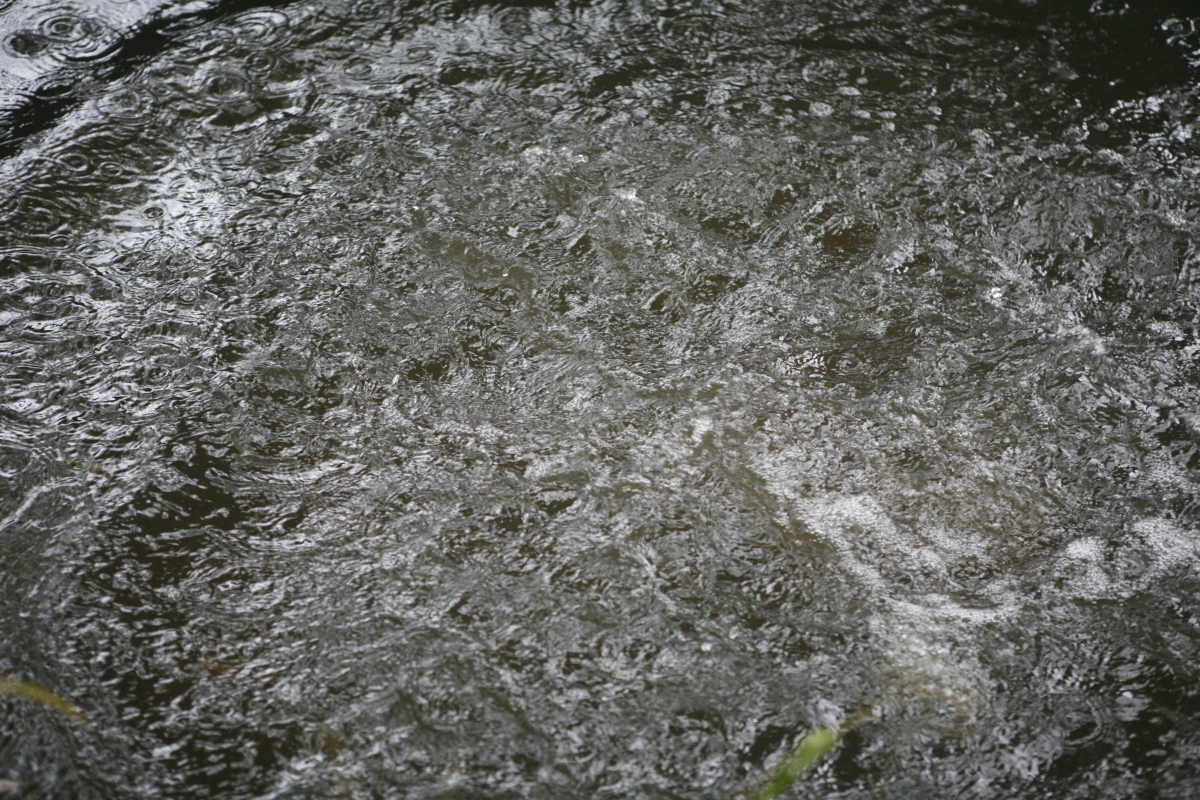
Firstly, here are a set of photos where two stones are being thrown into the water, one after another. I felt that the way the water reacts to the stones hitting it is really interesting and how it makes the water jump up once the stones make contact. I do feel though that this series of photos are hard to follow as it’s difficult to tell the difference between each stone being chucked in. I also think that the reflection does get in the way and so this is something to think about when taking my final photos so not to distract the eye with unneeded shadows.
I also tried chucking different sized logs in as they are bigger and have a different shape giving it a larger surface area. I tried to make sure that the log came straight down when falling and wasn’t coming in at too much of an angle as I felt this would change the splashes dramatically. Here is one of the medium sized logs being chucked in:
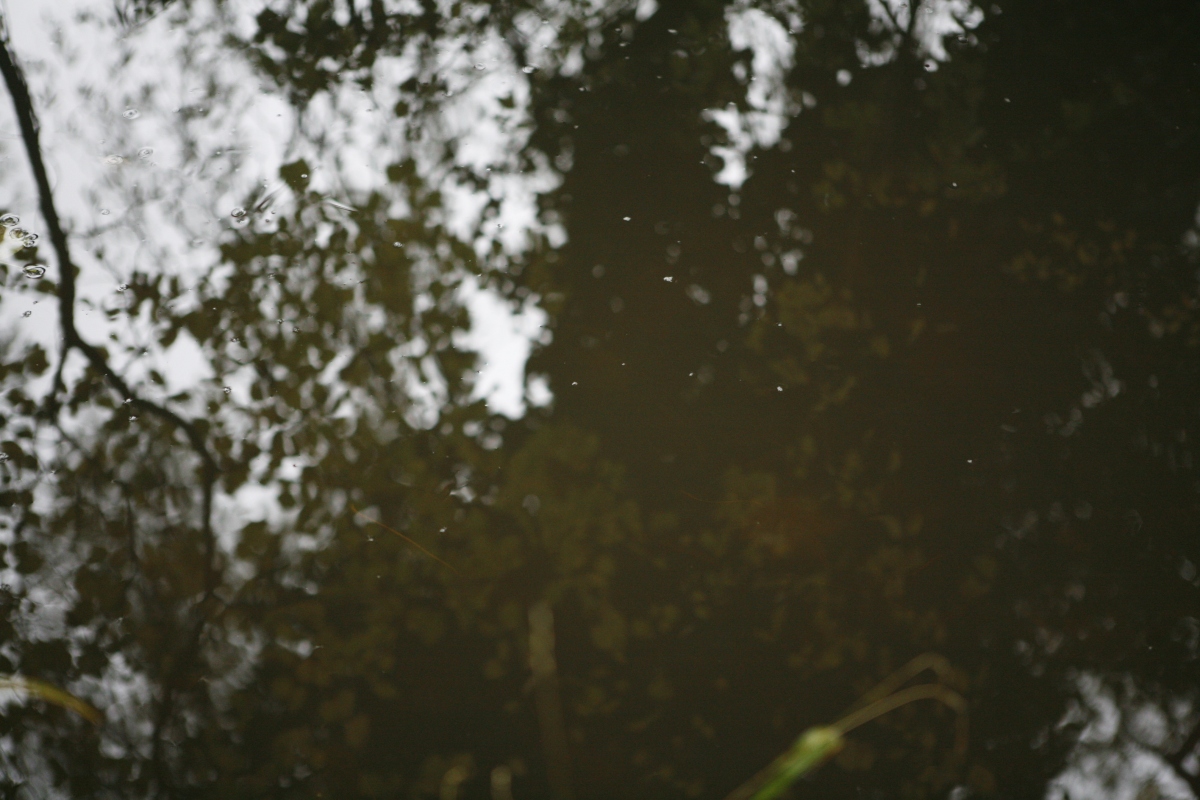
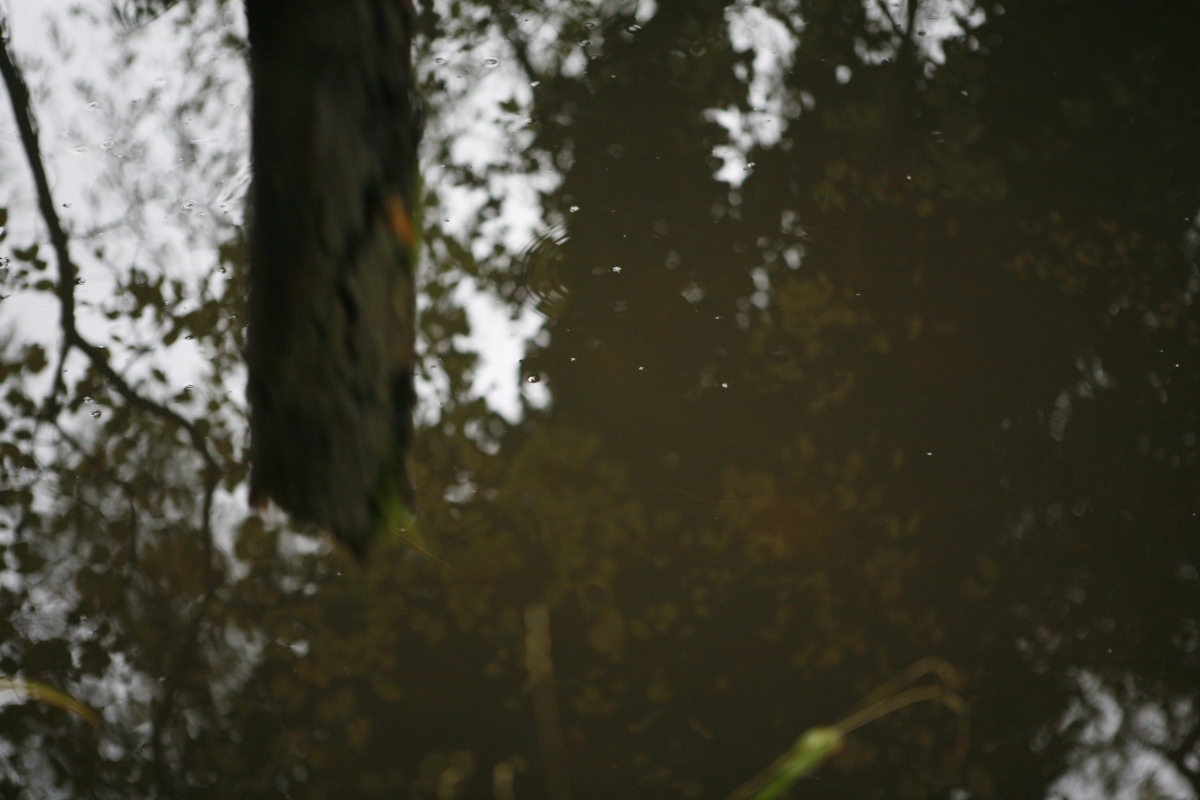

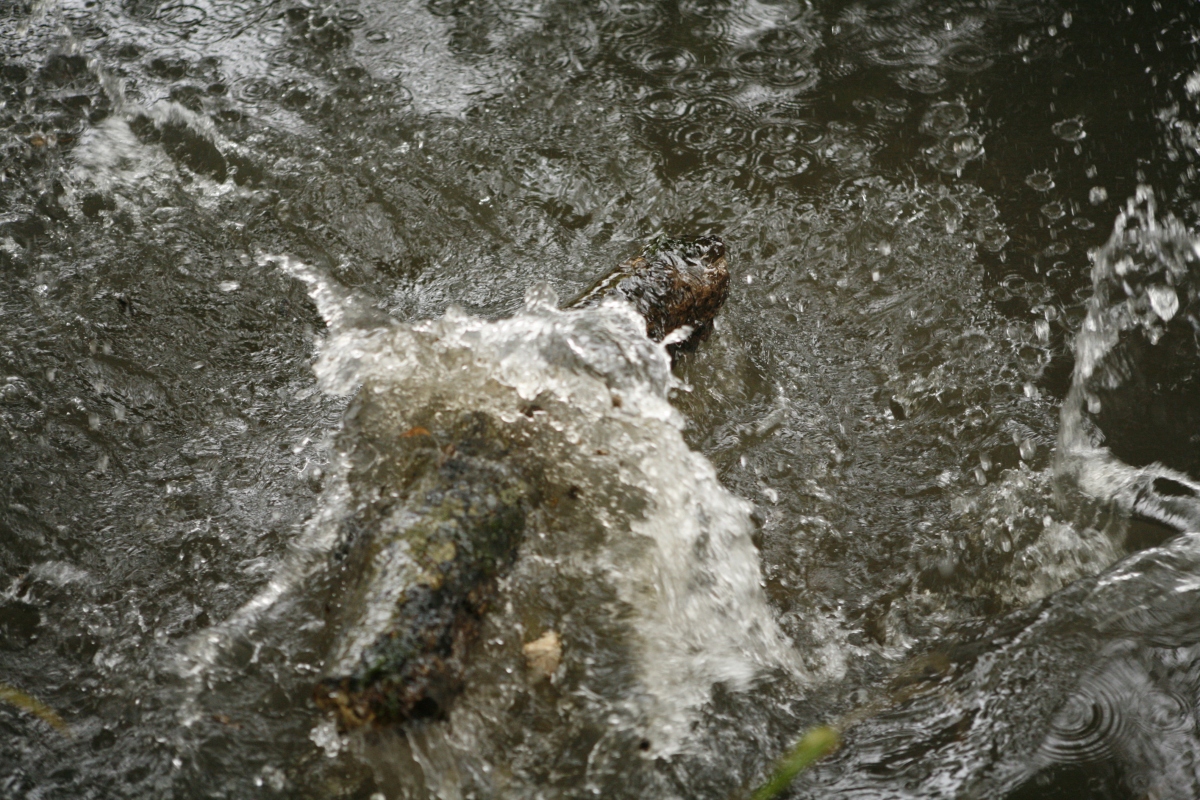



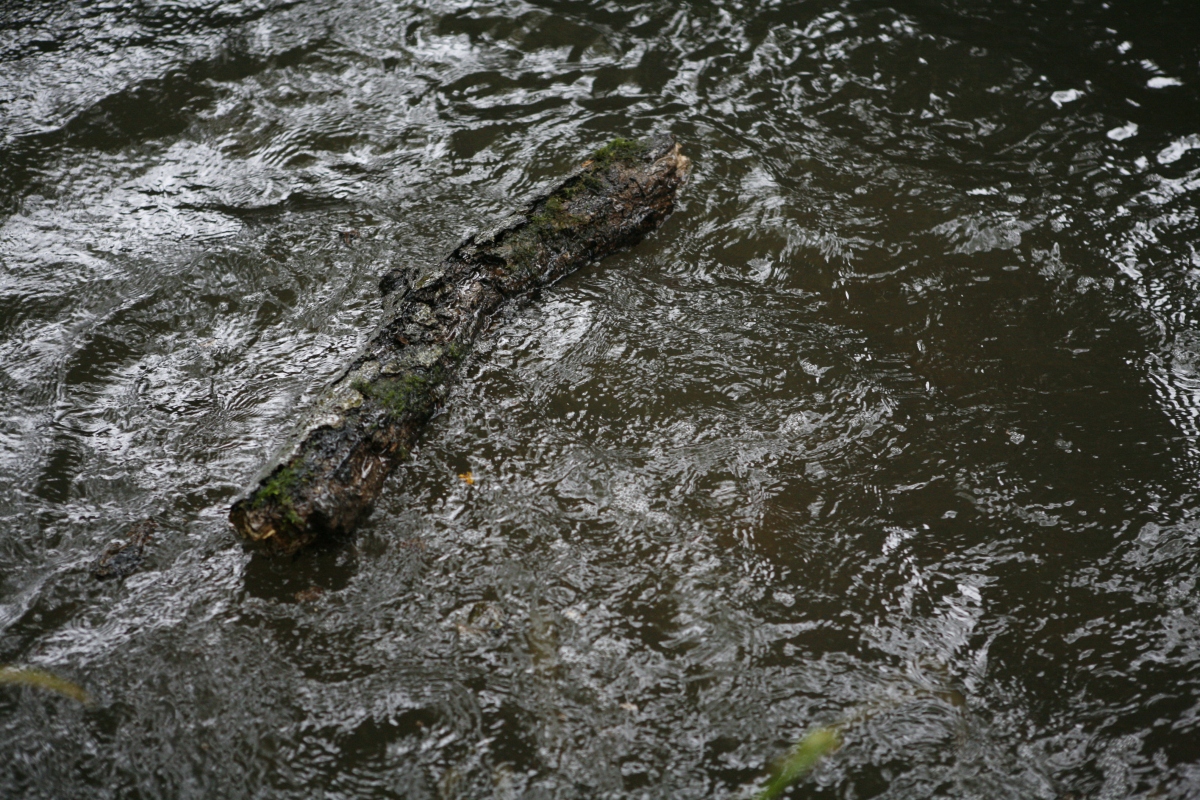 As you can see from these photos the log created a very different splash from the stones as the water went out from both sides creating a crater like shape just as if a meteor had hit the earth and left an indentation. The water for that split second has been cut apart by the log but straight after it’s already filled back in and is overlapping the log with the splashes of water which had been thrown into the air from the initial impact. This is more simple to follow due to only one thing being thrown in and it being large means it’s easier to follow.
As you can see from these photos the log created a very different splash from the stones as the water went out from both sides creating a crater like shape just as if a meteor had hit the earth and left an indentation. The water for that split second has been cut apart by the log but straight after it’s already filled back in and is overlapping the log with the splashes of water which had been thrown into the air from the initial impact. This is more simple to follow due to only one thing being thrown in and it being large means it’s easier to follow.
Overall I feel that I found out a lot about the way that things hit water and I think I can understand how I would need to have my model fall for the water to react how I would like. I really feel that testing the shutter speed helped though so I knew that I needed it to be really light so that it could be clear and still. I also found that some of the splashes were a bit too fast to capture so this could possible mean that my model couldn’t fall in too fast as this might mean I don’t capture every part of the process. I do need around 12 photos so that I meet the correct amount for the brief and also the zoetrope needs at least 10 to make the story flow in the right way.
